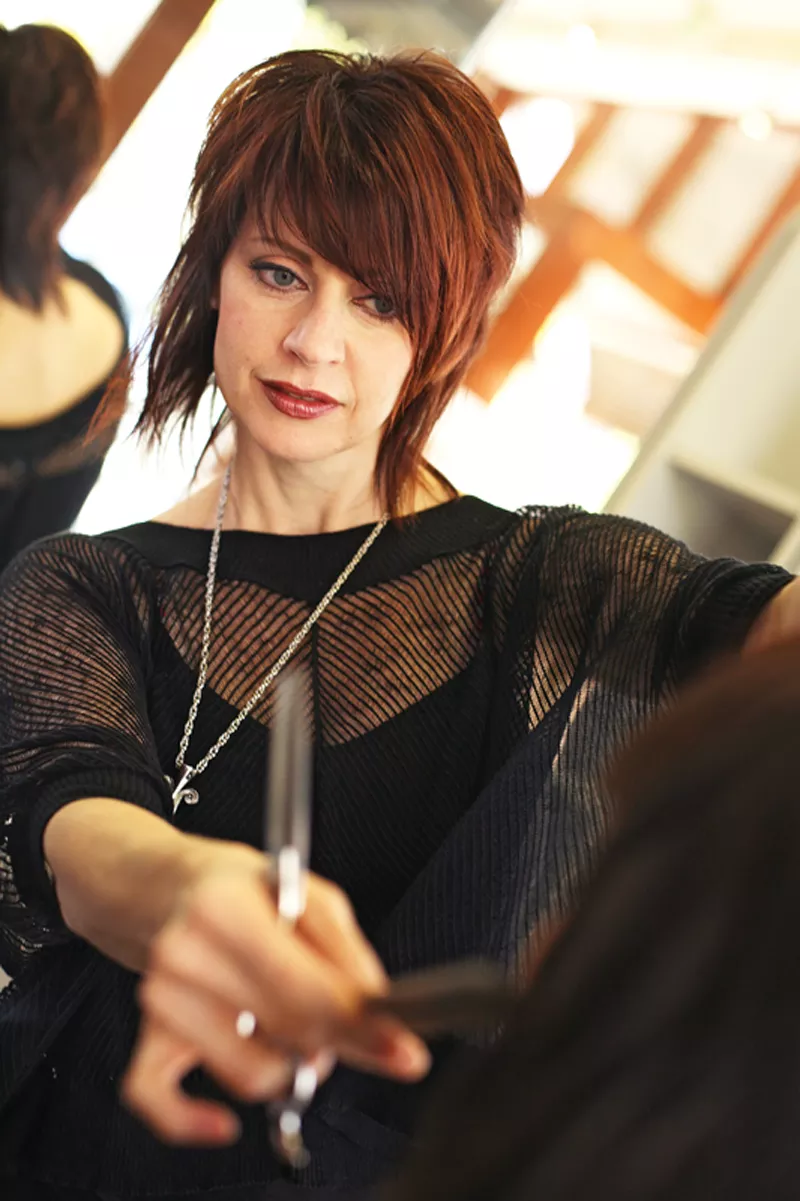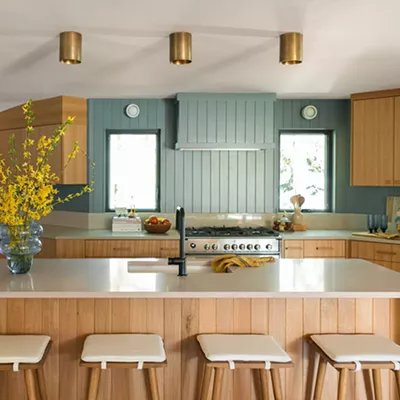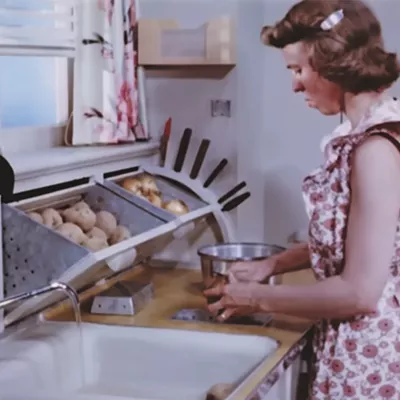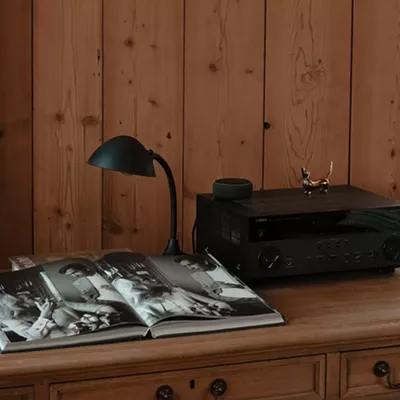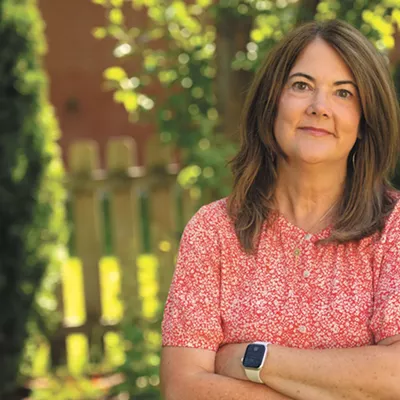Say you’re just not happy with the quality of hair that sprouts from your head — it’s plain unruly, or too curly, or frizzy. What you want are silky, straight strands that move as one, like a sheet of captured light. But blow-drying and flat-ironing your hair for 45 minutes every day doesn’t fit your lifestyle. Enter the Brazilian Blowout. The 90-minute treatment promises to make your hair smooth and shiny for up to 12 weeks. The product is put on the hair, and a blowdryer and flat iron are used to smooth it out. Sounds simple enough.
Not so fast.
“The story behind the Brazilian Blowout is that the creators got the technology from laundromats in Brazil, because they still used formaldehyde for smoothing out fabrics and sheets,” says Jennifer Gray, owner of Josefine’s Salon Concepts in Spokane. To get around selling a product that had to be labeled “formaldehyde,” which is a known carcinogen, “They made a compound that doesn’t read as formaldehyde, but when it is heated to 400 plus degrees, it forms formaldehyde,” says Gray.
Though it really does work — the formaldehyde assists in laying down a coating of keratin on the hair, taming curl and frizz for up to 12 weeks — such smoothness comes at a price. In a letter to the manufacturer in August, the FDA reported adverse side effects associated with use of the product including eye disorders, respiratory problems, along with headaches, dizziness and fainting. The letter also noted the products, which are available for salon- and home-use, carried a label of “formaldehyde free” or “no formaldehyde” that was a “false and misleading statement.”
That didn’t go far enough for some. “Unfortunately, there has been no recall, and women are still using this product,” said Alexandra Scranton, in a September New York Times story. Scranton, who lives in Pullman, is the director of science and research for Women’s Voices for the Earth, an environmental health group.
In fact, there’s a substantial list of keratin-smoothing products that have already been removed from the market in France, Ireland, Canada and Germany due to concerns over formaldehyde. On its website, the company that makes Brazilian Blowout offers another formula, Zero, that it claims offers the same results with no formaldehyde, though they state, “We remain 100 percent confident with regards to the safety and integrity of the original BB treatment and will continue to sell this product as it remains incredibly popular throughout the U.S. and worldwide.”
That’s probably because finding an equally effective, but non-toxic, substitute has been elusive, says Gray. “There are different products now that are trying to have the same effect without creating the formaldehyde vapor, but I haven’t found one that works really well.”
So for the time being, if you want to avoid toxic fumes, Gray says your best bet is to, “Use a thermal heat protectant, because that technology is really good.” She mentions Vector Force by Loreal and a heat shield product by Label.M as good bets. “And then it’s elbow grease — pulling it out. You do need to blow the hair completely dry.”
All that work can be draining, and that’s why Gray says you may want to reconsider whether the sleek, straight look is right for you. “You kind of want to work with what you are naturally,” she says. “Especially as women get older, if we fight what you are naturally, it tends to age us. For women in their 50s, when they embrace that wave and curl, they actually look younger.”
HEALTHY HABITS
Embracing your hair begins with keeping it healthy. Sonna Brado, owner of Jaazz Salon in Spokane, says scalp care is the foundation of great hair, and it’s often neglected. “A healthy scalp is a pre-requisite for healthy hair,” says Brado. “If you’ve got something that’s building up on the hair, you’re kind of choking (it), so you’ll get really dull, lifeless hair.”
Thorough cleansing of the scalp just doesn’t happen with a quick lather and rinse, however. Removing the buildup of hair products and natural oils requires a little more attention. Brado suggests occasionally applying a clarifying shampoo, which is a specially formulated product designed to remove residue. Massage the shampoo in, starting at the roots while the hair is dry. (As a bonus, scalp massage can also help relieve tension and trigger feelings of calm.) Then spray with warm water while continuing to massage the shampoo into the scalp. Brado adds that leaving the product on for 10 minutes, with a plastic bag covering the hair, before rinsing is also helpful.
Brado says clarifying shampoo should only be used on an infrequent basis. Especially on color-treated hair, it can be harmful, stripping hair of its essential oils.
After shampooing, comes conditioner. Brado says there are two main types of conditioners — protein and moisturizing. For hair that’s been chemically treated by coloring or bleaching, she recommends a protein conditioner. For hair that’s mechanically treated, including regular use of a flat iron or blow dryer, she says a moisturizing conditioner is best.
To keep hair looking its best, Brado says brushing hair with a natural bristle brush is essential to distribute beneficial oils down the hair shaft, while a regular trim keeps ends from splitting and tangles from forming.
And, last but not least, don’t neglect your diet. Healthy hair depends on giving your body the right building blocks. Crash dieting or extreme calorie restriction can rob your body of the nutrients it nees to create shining tresses, including adequate protein, omega-3 fatty acids and vitamin A, leaving hair dull and limp. “Everything we eat,” says Brado, “determines the health of the hair.”

